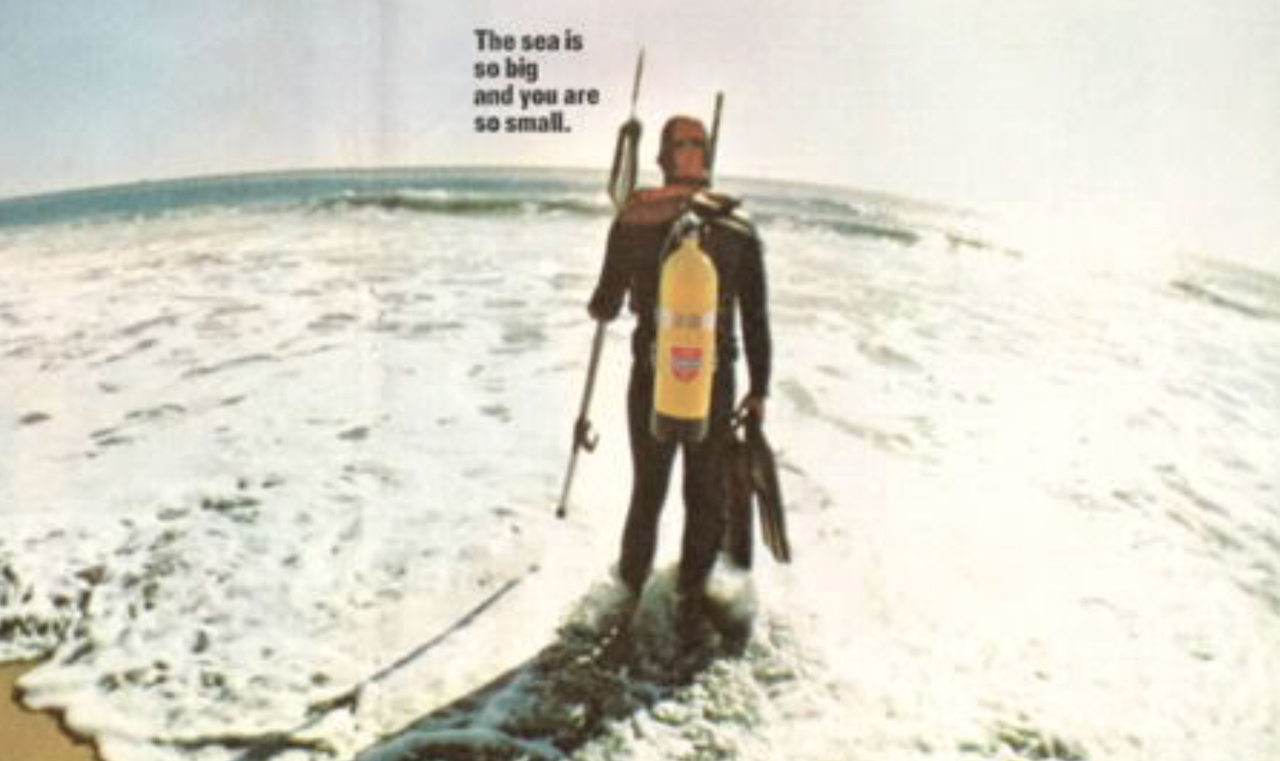I have owned my Trieste II since the late 1970s. I have analyzed it a lot over the years, and it has undergone several revisions. The original Trieste II, out of the box new, had three major design flaws that made it harder to breathe than it should have been.
1. The main LP diaphragm was molded of neoprene, with a permanent “set” which had to be overcome to crack the valve. That “set” amounted to an addition of about 1.5 inches to the inhalation/breaking effort.
2. The main nozzle was not designed correctly. It had two large holes, one of which was pointed down the intake hose, and one of which was pointed into the case. It also had two auxiliary holes on each side of the nozzle, again allowing air into the case. This made for a very weak Venturi, which was mostly ineffective.
3. The set screw which positioned the nozzle left a lot of “slop” so that the nozzle wasn’t necessarily pointed directly down the intake hose.
I will detail how these were overcome in an addition to this post…okay, here goes:
The diaphragm
I home-made a new diaphragm for the Trieste II, out of rubberized nylon. It is like the original diaphragm for the MR-12 regulator second stage. I’ll let anyone who wants to in on the details if they PM me.
The Nozzle
A dive shop in Vancouver B.C. Took my Trieste II, removed the nozzle, and modified it. They completely filled in the back opening, and slightly enlarged one or the side openings. This mod made for a powerful Venturi, so powerful in fact that I needed to take a Healthways baffle plate out of the Healthways Scuba (gold label) and put it into the USD mouthpiece (glued it into the mouthpiece). This made inhalation really great.
Nozzle Orientation
I made that screw so that it hit the edge of the nozzle, and therefore the nozzle opening was oriented straight down the intake hose.
I dove my Trieste II regulator for decades with these modifications, having only one incident. That happened when that Healthways baffle plate came loose on a dive, and adhered to the intake mushroom valve, thereby completely closing off the inhalation. What did I do? Well, I was ascending from about 35 feet at Edmonds Underwater Park, where my buddy Bruce Higgins had put together an underwater park with sunken wrecks, lines for orientation, etc., when I could get on air out of my Trieste II. I simply switched to my MR-12 second stage octopus, and continued the swim in underwater. I replaced that mouthpiece several years ago with a DSV mouthpiece from VDH, and that solved the problem.
The home-made diaphragm has since been replace with a silicone diaphragm made by one of the members at VSS (the Vintage Scuba Community Forum). So now my Trieste II is the best-breathing regulator I own, followed a close second by the Mossback Mk 3 regulator (a modified DA Aquamaster, which has an entirely new first stage).
SeaRat




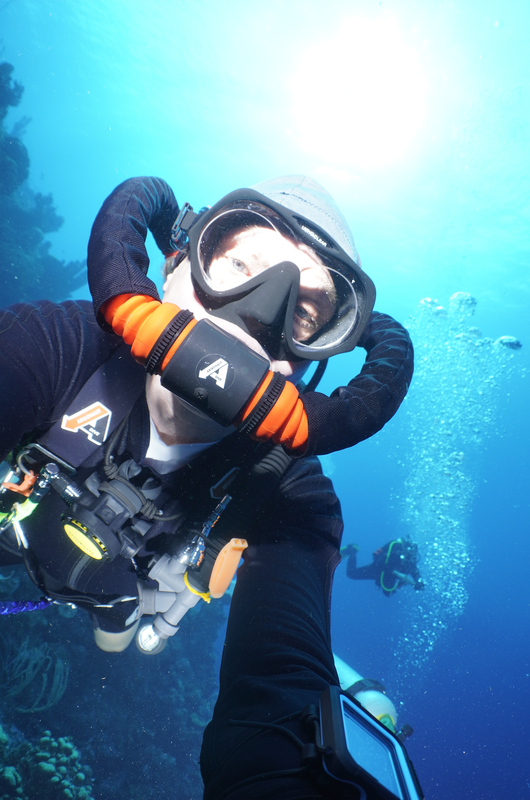
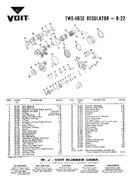
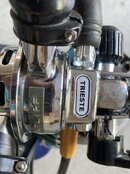
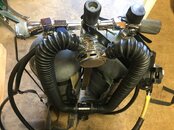
 .
.